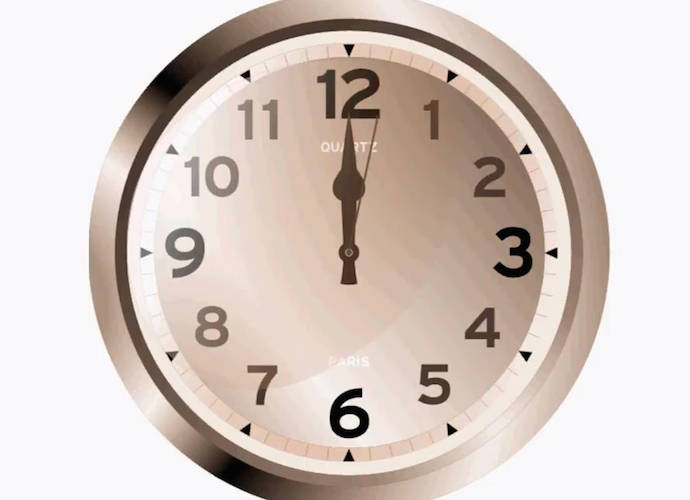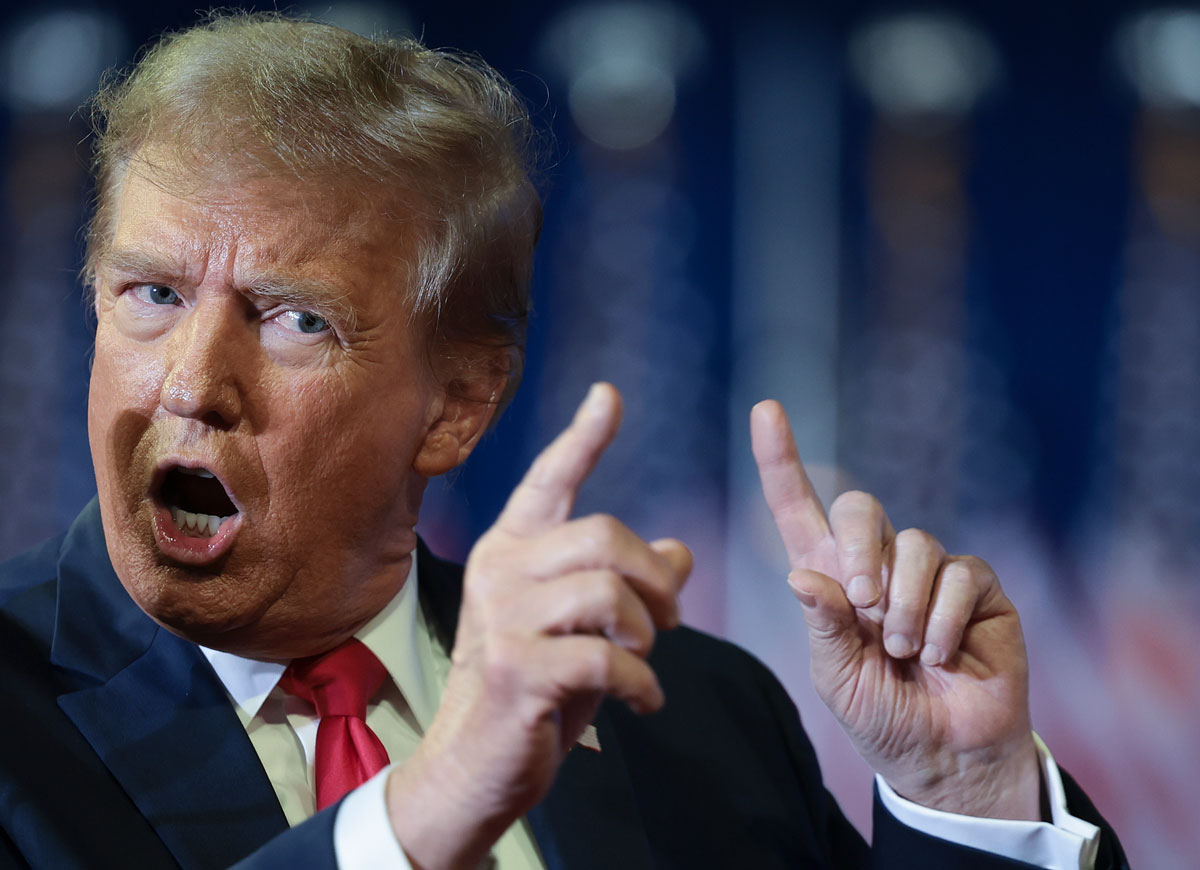When Does Daylight Saving Time End? Why Do We Have It?
Starting on November 5, everyone’s days will abruptly get darker an hour earlier when daylight saving time ends.
DAYLIGHT SAVING TIME: WHEN IS IT? WHAT IS IT?
November 5 is this upcoming Sunday, and sunrise and sunset will both be pushed back by one hour, meaning early risers will enjoy an extra hour of sunlight. However, it likewise means nightfall will begin sooner. This will remain the status quo until March 11, 2018, when clocks will be readjusted once more, this time by “springing forward.”
Many mainstream devices these days, from smartphones to computers, are programed to automatically adjust their clocks to accomidate daylight saving. However, other machines, such as your microwaves or cars, will likely require you to change their clocks. It’s recommended to check over any devices that require manual adjustments before you go to bed on Sunday. Furthermore, it would be wise to use the excuse to change the batteries in your smoke detector.
One pleasant benefit people enjoy of “falling back” is how it gives an extra hour of sleep. When the clock first hits 2 am on Sunday, it reverts back to 1 a.m.
A Twitter hashtag, #DaylightSavingTime, details a wide array of tweets pertaining to the worldly tradition:
https://twitter.com/msjennavive/status/926521550718648320
Daylight saving time has been a recurring custom in the United States since 1918, when it was first enacted to help preserve fuel. Around 78 different countries adhere to the tradition, with some notable exceptions being Japan, Russia and China. Moreover, although the United States honors daylight saving time, both Alaska and Hawaii do not, nor do some U.S. territories.
RELATED ARTICLES
Get the most-revealing celebrity conversations with the uInterview podcast!







Leave a comment